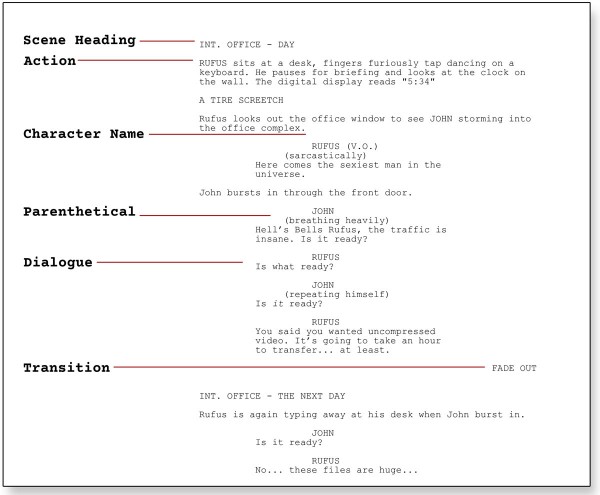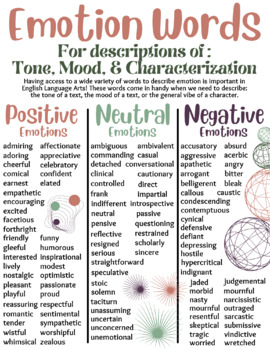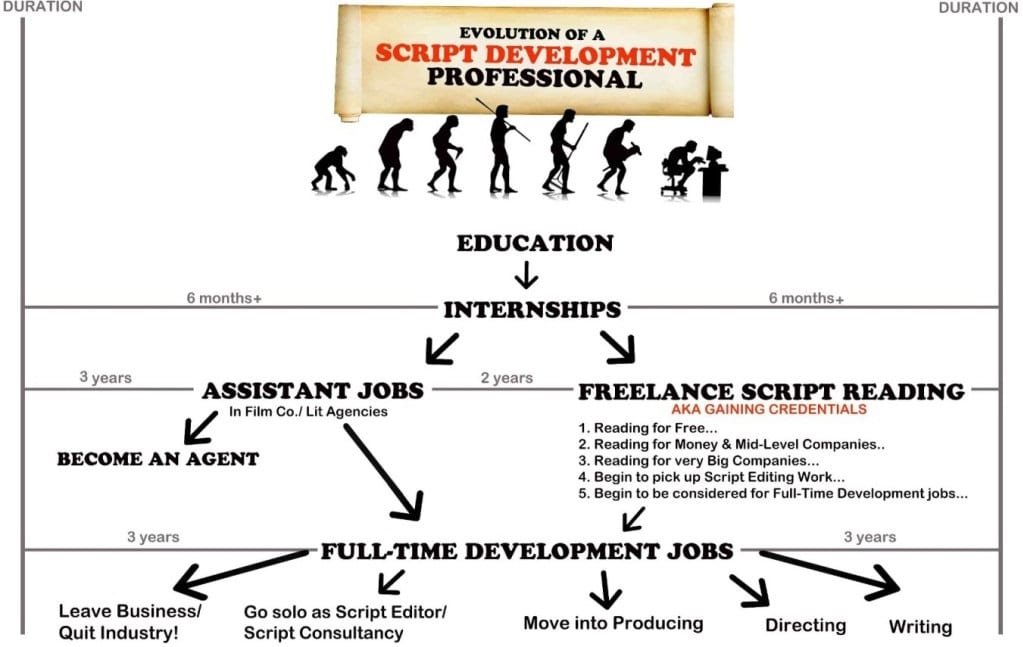Aspiring screenwriters know that crafting a successful screenplay is no easy feat. In order to write a compelling screenplay that resonates with audiences, you need to understand the basics of the craft and be willing to put in the hard work to create something truly memorable.
In this guide, we’ll provide you with some essential tips on how to craft a successful screenplay that stands out in a competitive industry. From choosing the right story to writing engaging characters, we’ll cover everything you need to know to get started.
1. Develop Your Story Premise
Before you even get started on the script itself, you need to have a solid story premise. This means having a clear idea of the plot, as well as a sense of what makes your story unique and compelling. Use different techniques to brainstorm ideas like mind maps, free writing or simply your imagination. Think about the 3-act structure and the setup, confrontation, and resolution of your story. This can be done all manually or use some software like Trelby, Final Draft, or Fade In, to name a few.
2. Create Engaging Characters
In order for your story to be successful, your characters need to be engaging and relatable. Think beyond basic archetypes and build fully realized three-dimensional characters, with unique motivations and flaws. Consider their backstory, personality, and traits. Be sure that they have a clear arc throughout the story, and that their actions drive the plot forward in a meaningful way.
3. Structure Your Screenplay Well
Your screenplay should follow a clear structure that keeps audiences engaged from beginning to end. This can be the traditional three-act structure, which involves setup, confrontation, and resolution. Alternatively, you may choose a different structure, like the five-act structure or the non-linear structure. Whichever approach you choose, it’s important to keep your story organized so that it is easy to understand and follow along with.
4. Keep Your Dialogue Authentic
The dialogue in your screenplay should be authentic and natural, with each character having their own distinct voice. Avoid clichés and unnatural language that can take audiences out of the story. When writing dialogue, read it out loud to ensure that it flows well and sounds like something a real person would say.
5. Incorporate Visual Writing
While screenplays may be primarily driven by dialogue, it’s important to incorporate visual writing into your script as well. This means including visuals that help audiences understand what’s happening on screen, as well as descriptions of key locations, costumes, and props that help bring your story to life.
6. Edit and Test Your Screenplay
Finally, no screenplay is complete without proper editing and testing. Be sure to read your screenplay over multiple times to catch any spelling or grammar errors, as well as inconsistencies or plot holes in the story. Share your work with peers, industry professionals, and/or get feedback by submitting to feedback services and contests that are not fake. Receiving valid feedback, which means critical and honest feedback, will help you make your screenplay as compelling as possible.
By incorporating these essential tips into your screenwriting practice, you’ll be on your way to crafting a successful screenplay that is both engaging and memorable. Remember to have patience and persistence. Writing a successful screenplay takes hard work and dedication, but with the right approach, it can be a truly rewarding experience.











